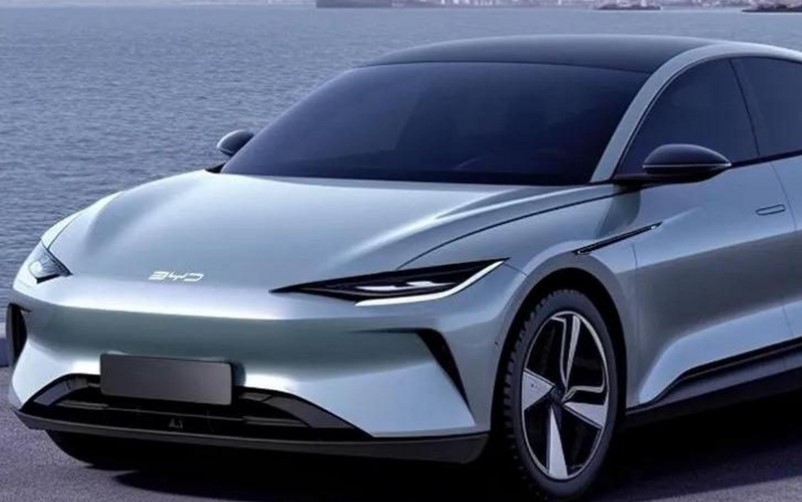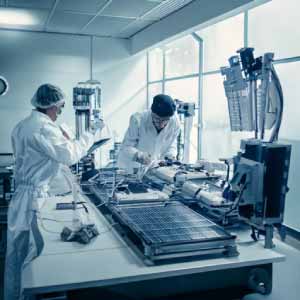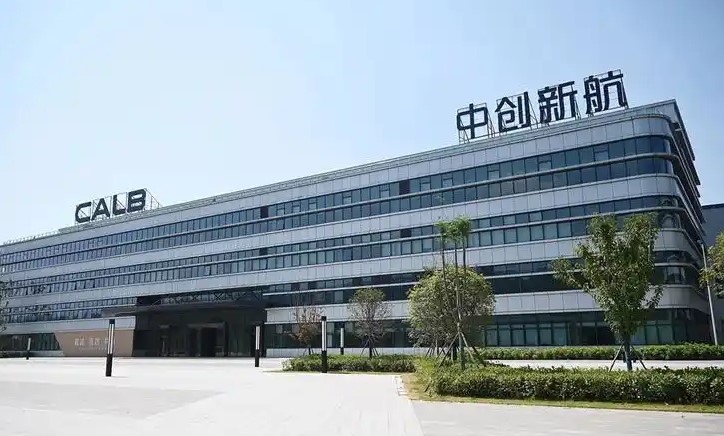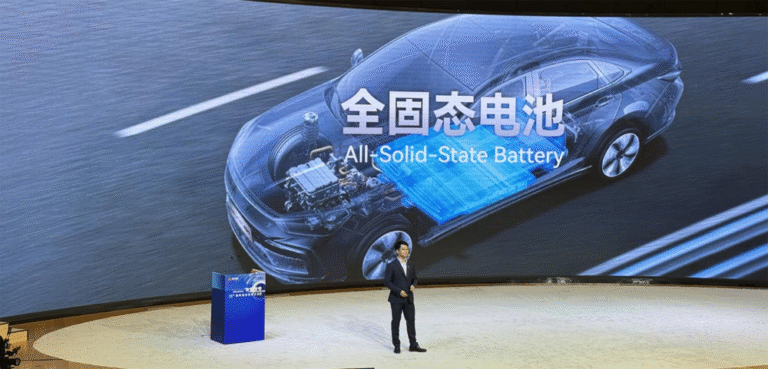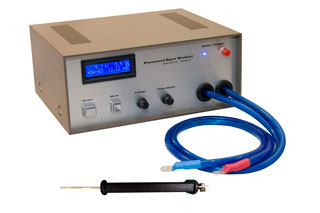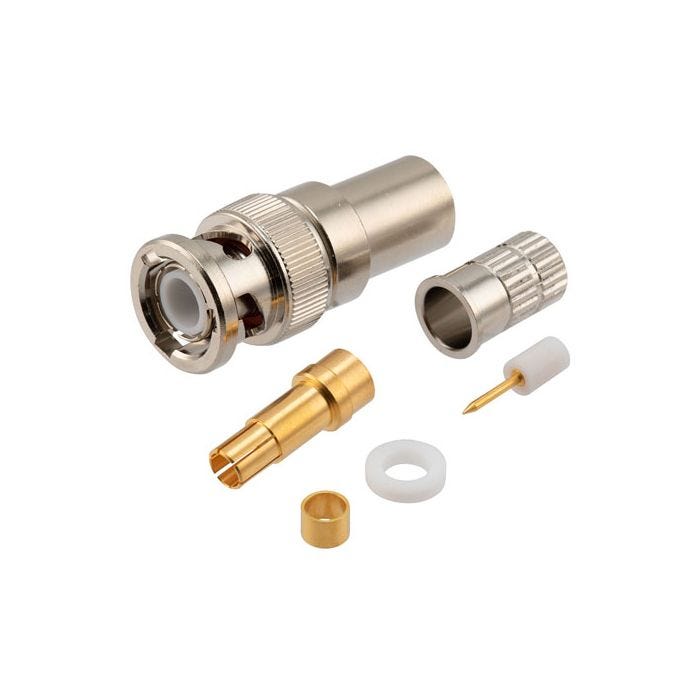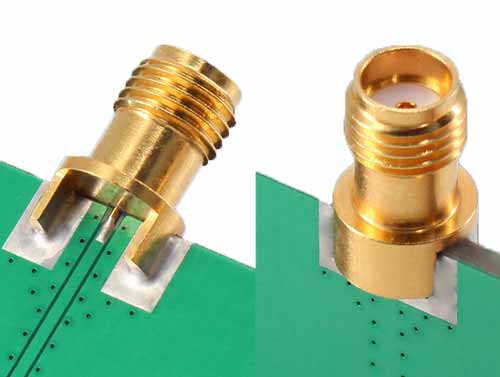BYD Company Limited Detailed Research Report ,5
■ Comparison with Competitors: In the battery industry, BYD’s product strategy exhibits some clear differentiators compared to major competitors like CATL and LG Energy Solution:
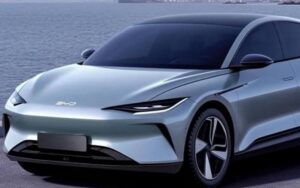
- Vertical Integration vs. Pure Play: Unlike CATL, which is a dedicated battery supplier (the world’s largest with ~38% global EV battery share in 2024), BYD is both a battery maker and an EV manufacturer. This means BYD primarily uses its batteries internally (for BYD vehicles) and has a self-sustaining demand. CATL, on the other hand, supplies a broad range of carmakers. In 2024, BYD was the world’s #2 EV battery producer with a 17.2% share, behind CATL.
BYD’s vertical integration can yield cost advantages (no middleman margin) and fast innovation cycles, whereas CATL’s strength lies in scale, specialization, and a diverse customer base. Both companies heavily invest in LFP and NCM chemistries. CATL introduced the “Qilin Battery” (its 3rd-generation cell-to-pack design with record 72% volume utilization and up to 255 Wh/kg pack density), while BYD focuses on the Blade Battery and upcoming technologies.
In terms of safety, BYD’s Blade Battery gained acclaim for nail-test success, pushing CATL and others to improve safety of their designs. BYD’s integrated model also means it can rapidly implement new battery tech into its own vehicles (for example, BYD moved all its passenger EVs to Blade LFP by 2022), whereas CATL must coordinate with clients for adoption. - Chemistry Focus: BYD has been a champion of LFP chemistry, betting early on its safety, longevity, and cost benefits. This contrasts with LG Energy Solution and Panasonic, which historically focused on high-nickel NCM/NCA batteries to maximize energy density for long-range EVs (as seen in many Tesla models).
However, the industry trend is shifting – LFP has seen a resurgence for standard-range EVs and stationary storage due to cheaper cost and improved energy density. In fact, Tesla and other Western OEMs have increasingly adopted LFP for certain models, essentially validating BYD’s strategy.
BYD’s LFP Blade vs. LG’s NCM cells encapsulate a trade-off: BYD offers a safer, cheaper battery with enough range for most needs, while LG’s batteries offer higher performance at higher cost.
Now, LG and other competitors are also developing LFP lines for energy storage and low-end vehicles, following BYD/CATL’s lead. Meanwhile, new technologies like sodium-ion and solid-state see competition from Chinese peers (CATL unveiled a first-gen sodium-ion cell in 2021) and global startups.
BYD’s sodium-ion initiative and solid-state timeline suggest it aims to stay competitive in the mid/long term technology race, not ceding any ground to rivals. - Market Position: BYD’s unique position as an EV maker means its battery business growth is tied to its automotive sales.
This synergy worked well in 2024 as BYD’s EV sales soared (BYD even surpassed Tesla in total units including plug-in hybrids).
It also means BYD can be seen as a competitor by some automakers who might be hesitant to buy batteries from a rival car brand. Nonetheless, BYD has begun supplying batteries externally on a limited scale, signaling it could become more of a conventional battery supplier in the future. In terms of global expansion, BYD’s battery products face competition in different markets: in China it competes mainly with CATL (the two hold over 50% domestic market share combined), while globally it must contend with LG Energy, Panasonic, SK On, and emerging players. BYD’s advantage often lies in cost – for instance, one estimate suggests BYD’s battery pack costs are significantly lower per kWh than many competitors, partly due to in-house production and LFP usage.
However, companies like Tesla (with its 4680 cells) and CATL (with continuous innovation in cell design) are pushing the envelope on cost and performance too. Overall, BYD’s battery product line is considered highly competitive in safety, longevity, and cost, and sufficiently advanced in energy density for mainstream applications, though not yet dominating the high-performance niche (where high-nickel cells or solid-state tech might take the lead in coming years).

